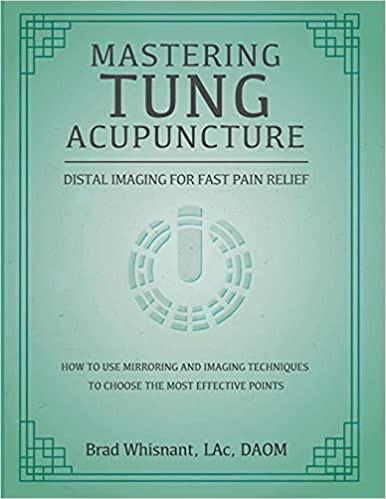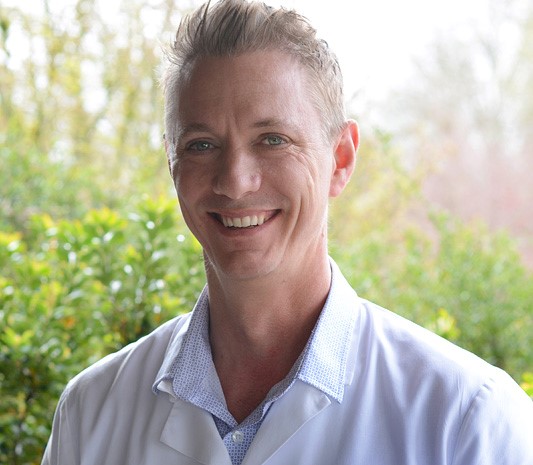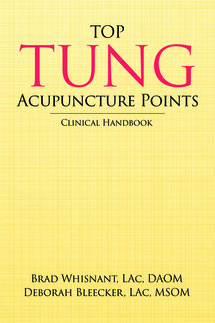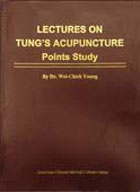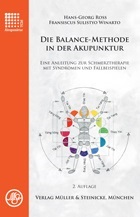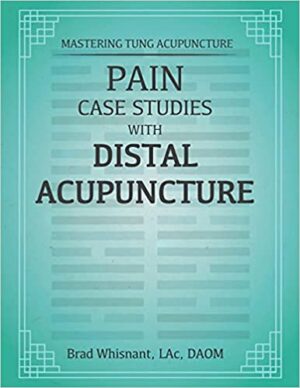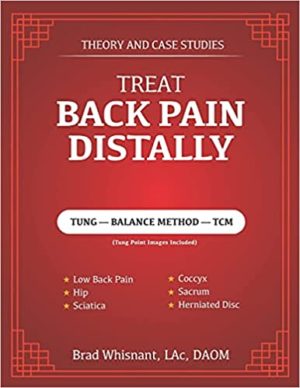Mastering Tung Acupuncture
Distal Imaging for Fast Pain Relief
- Verlag: Draycott Publishing
- ISBN: 9781940146126
- 2021, 204 pages
69,95 €
inkl. MwSt.
plus Versandkosten
Abhängig von der Lieferadresse kann die MwSt. an der Kasse variieren.
Lieferzeit: currently not available
Beschreibung
How to use mirroring and Imaging techniques to choose the most effective points
The over 2,500 years old Master Tung method derives from the I Ching (one of the oldest books in the world).
The Master Tung method is also known as I Ching Acupuncture, Balance Method, or Distal Point Acupuncture. The book subtitle Distal Imaging for Fast Pain Relief is based ont the training of Dr. Wei Chieh Young an Dr. Richard Tan, showing the concepts of images, mirrors and relationships. The authors point out the reason for the human body to be treated in so many places, as well as why distal acupuncture works. The entire human body is represented on the sole of foot, the hand, the ear, the head, any bone, any finger and any toe. Mirrors and images can be found everywhere. There are endless body representations. The authors explain concepts and theories (including the Transport Points) due to their clinical experience. This helps the practioners to understand the function of the Tung points. To simplify the clincal process, there are also shown point images for each section.
As the authors note, “”The mapping, image and mirror is based on the anatomy and the brain. It?s not a theoretical concept, it is a reliable, predictable and consistent concept. To get this fact makes it clearer and more real for us and our patients. We are aware that this takes the magic out, but due to it, it is simpler to explain that this is not a magic thing but a brain thing.
Definitely, this book helps practioners to add Tung points and treatments to their current TCM treatments.
Table of contents:
Chapter 1 Why does imaging and mirroring work?
Chapter 2 Imaging and Mirroring Techniques 1 for 1 image 12 segments Fully clothed acupuncture Face on leg or arm Top 3 keys to using images and mirrors Face and groin area Full image or mirror on half a limb Tissue correspondence- Like for Like Image and mirror, homologous structure Quarter image Three Jiaos Theory Inguinal Crease Scalp Image- How to avoid Du 1 treatments Belly Face
Chapter 3 Secrets to Success
Chapter 4 Where does distal acupuncture fall short?
Chapter 5 Letters to Brad Your Questions Answered Achilles tendon pain Bulging disc, back pain and pinched nerve Can you combine Tung with TCM? Dizziness in older people is damp and phlegm Dysmenorrhea treatment Tung style How to treat your own hip pain Inguinal hernia Low back pain treated using homologous scapula Man fell on carpet, now has neck pain Menieres, tinnitus and dizziness Menstrual cycles and fertility timing Mixing Chinese and Japanese, is that setting up for failure? Nocturnal enuresis in a 10 year old boy Parkinsons treatment Post herpetic neuralgia Quick fix for calming people Restless leg syndrome Severe sciatica in Australia Varicose veins Chapter 6 Acupuncture Meridian Images
Chapter 7 Imaging Tables
Chapter 8 Tung Acupuncture Point Illustrations
Chapter 9 Anatomy references muscles and bones
Chapter 10 Correspondence Images.”
Autor

